
In this episode, Matt and Jeff talk about the latest mountain bike drivetrain developments from electronic shifting to Eagle Transmission.
- What are the advantages of electronic shifting? What are the disadvantages?
- How does the new SRAM Eagle Transmission wireless electronic drivetrain compare to AXS?
- What’s the deal with dropouts? Is UDH going to be the standard?
- How have consumers and readers responded to the Eagle Transmission news?
- How do you think Shimano will respond?
We’ll also recap some of the latest mountain bike trail and gear news at the top of the show.
Never Miss an Episode
- Listen on Spotify
- Listen on Apple Podcasts
- Listen on Google Podcasts
- Listen on Stitcher
- Listen on Overcast
- Get the RSS Feed
- View all Podcast Episodes














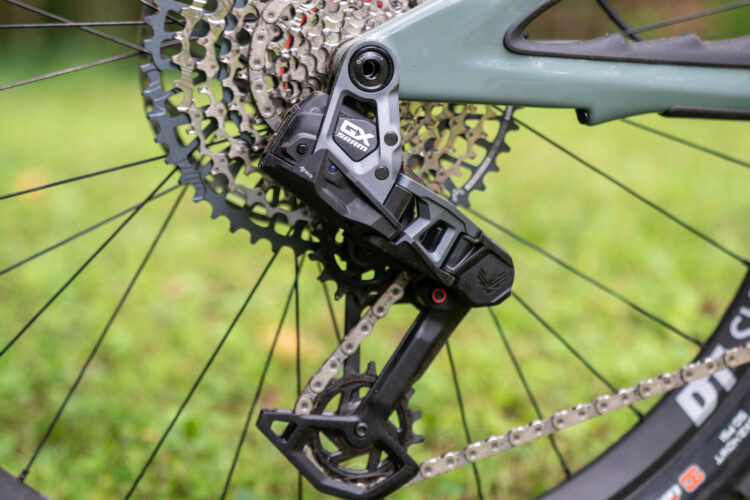


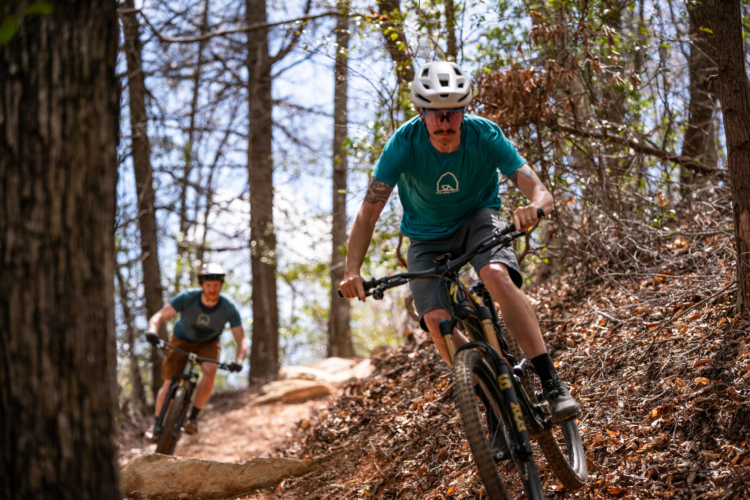
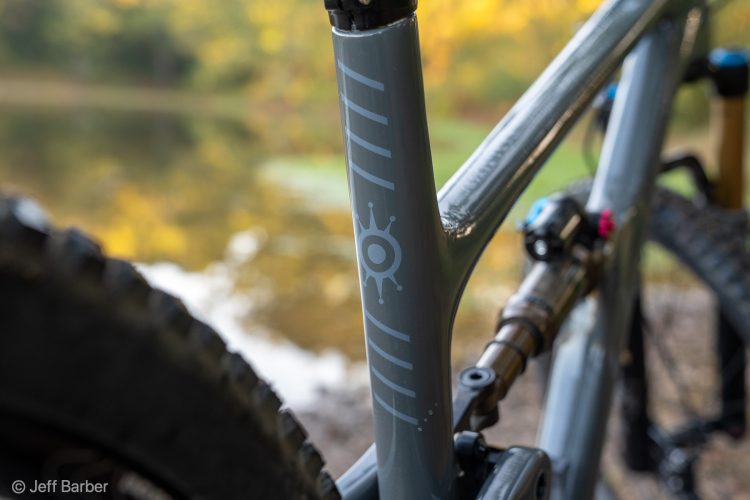
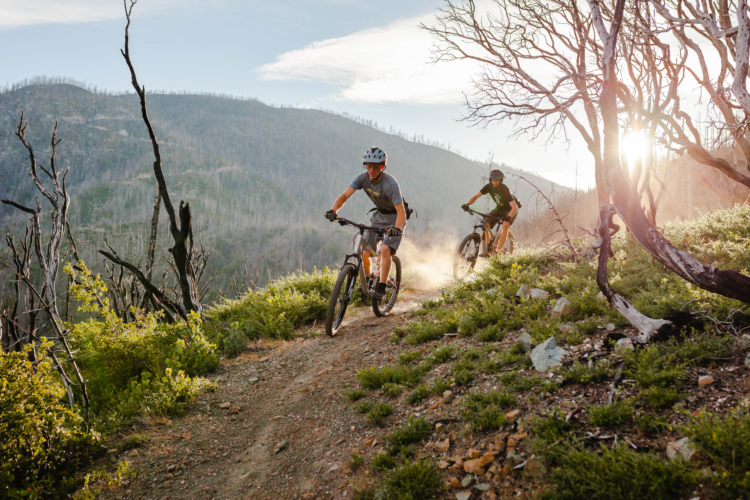
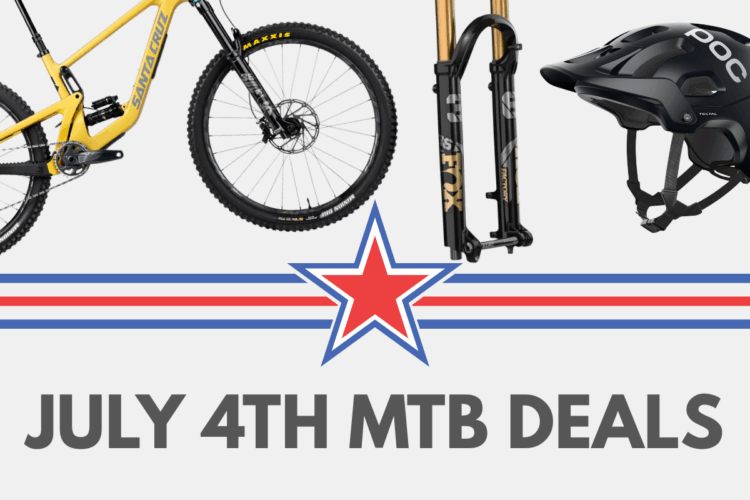

11 Comments
Aug 11, 2023
Sep 5, 2023
Sep 5, 2023
Sep 5, 2023
Sep 6, 2023
Sep 7, 2023
Aug 9, 2023
Aug 13, 2023
Sep 5, 2023
Sep 5, 2023
Aug 22, 2023